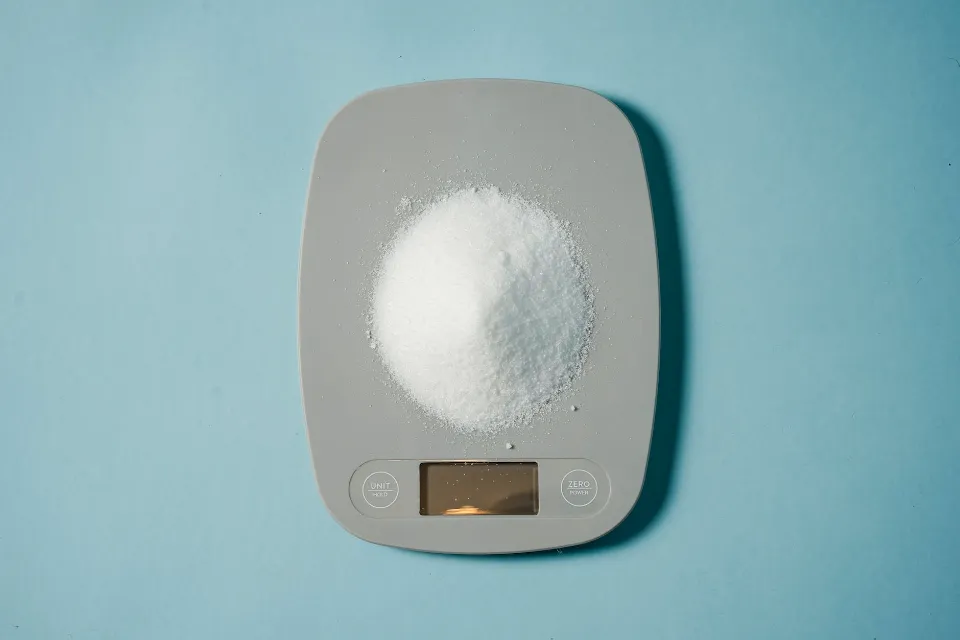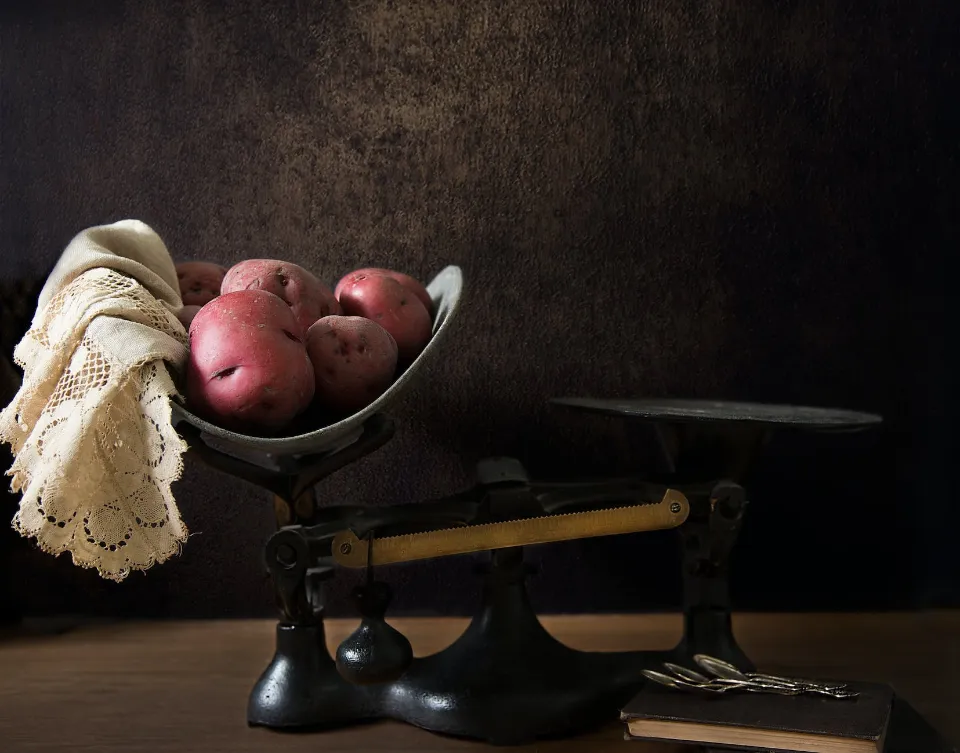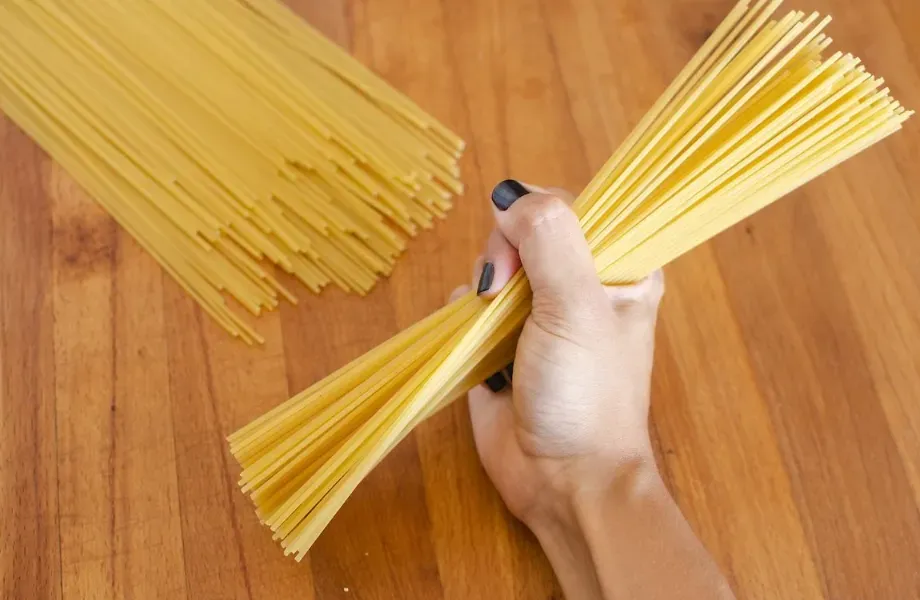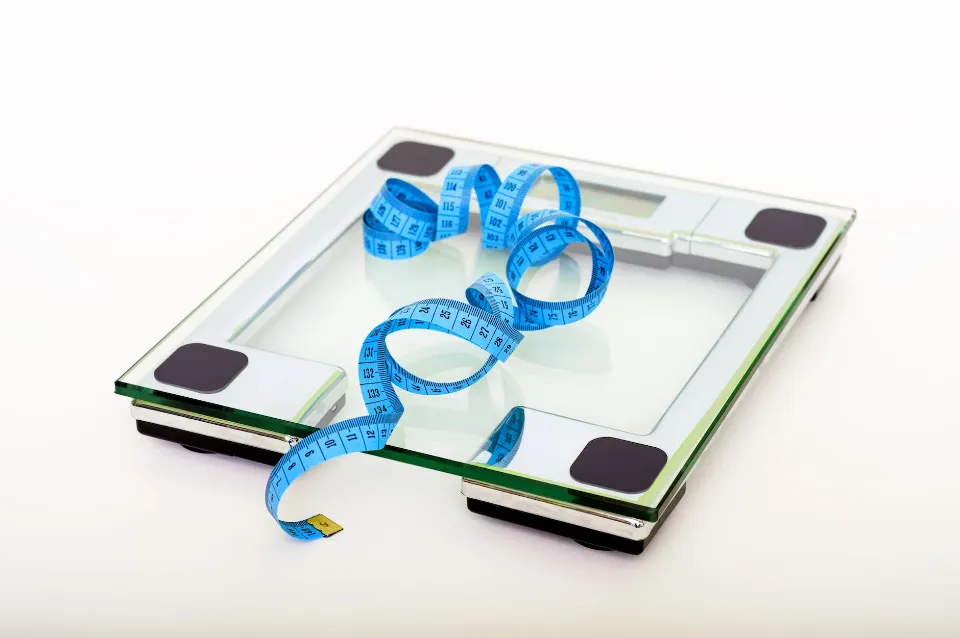
Weighing your food is crucial if you want to lose weight. We will explain how to weigh food both with and without a food scale.
If only calorie counting could be used to lose weight. You can control portions by purchasing a food scale, but it’s not the only thing you need to think about when trying to reach a healthier weight. Before starting any weight-loss plan, speak with your doctor.
Learn how to weigh food without a scale if you’re a college student with limited space, a minimalist who doesn’t need all the kitchen gadgets, or just a novice to shelf cooking. We’ve got four tried-and-true genius hacks that will make meal prep a breeze!
How to Weigh Food With a Food Scale?
A food scale should be set up on a flat surface, the tare function should be allowed to zero out for a few seconds, and then food should be added. Although it’s ideal to weigh food before cooking, don’t worry if you forget; keeping a consistent food journal is crucial.
It is entirely up to you how frequently you should weigh food. No one should use a food scale for the exact same period of time. You might want to try using it intermittently to maintain your weight loss goals when you need to determine portion sizes you’re uncertain about, or simply to make the ideal souffle.
How to Weigh Food Without a Food Scale?
You can weigh food without a scale with the help of these tips, tricks, and hacks.

Use Measuring Cups & Spoons
Let’s return to science class (or maybe math?) for a few minutes. We’re willing to bet that you have a measuring cup and a few spoons in your kitchen even though there may not be a scale there. So, here’s how to convert those recipe instructions and use what you’ve got:
AD
- Ounces to Cups – Do the math since there are eight ounces in each cup. You don’t have to aim for perfection, even though the ratio isn’t always ideal with cooked foods like meats! Try substituting two cups of shredded chicken for a recipe that calls for a pound, for instance.
- Ounces to Tablespoons – Two tablespoons make up one fluid ounce. This conversion is very easy to do! Use eight tablespoons if your recipe calls for four ounces.
- Ounces to Teaspoons – Six teaspoons make up one fluid ounce. Therefore, you could substitute twelve teaspoons for the two ounces of a particular liquid that a recipe specifies.
That’s kind of enjoyable, right? Okay, so perhaps we just think that hacks are cool. Seeking a different method to use if you need to weigh food without a scale? You won’t have to pay anything for the following one!
Use Household Objects to Guesstimate
Let’s say you don’t have any measuring spoons or cups on hand. What can you do? Well, you can reach for what you do have and use it as a guide! Here are a few examples:
AD
- 1/4 cup is roughly the same size as an egg
- A tennis ball is about 1/2 cup
- A softball is around 2 cups
- A three-ounce steak is around the same size as a deck of cards
- One ounce of cheese is three dice
- A baseball is around the same size as 1/2 cup of pasta or rice
- Ping pong balls are about 2 tablespoons each
Take notes, print them out, whatever you need to do! Those are just a few examples.

Use Your Hands
The ultimate Swiss Army knife hack is this one. You can only estimate the weight of your food using your hand. So, the next time your Airbnb doesn’t have a food scale, here are some rules of thumb:
- Measuring Meat & Fish – About three ounces of protein, such as chicken, fish, and beef, can fit in your palm. Be aware that an adult should consume three ounces of meat per meal.
- How to Measure Fresh Produce – The size of your balled-up fist roughly corresponds to eight ounces of fruits or vegetables.
- Measuring Cheese – I apologize for breaking the news, but a serving of cheese is about the size of your thumb. That is approximately one ounce!
There isn’t a simpler approach than this one! Additionally, keep in mind that you can use the recipe as a reference when shelf cooking. Using what you have means modifying the portions, too, if you need to. So don’t worry if you’re off by a few ounces.
Use Your Plate
Here’s another entertaining trick! To determine the weight of your food, put it on a dinner plate of a typical size. For the purposes of this example, we will guide our measurements with a 10.5-inch plate. (That’s average.) Assuming you have a dish that’s the same size, here are some guidelines to follow:
- 1/4 of a Plate – If yourfood takes up 1/4 of the plate, it’s safe to guess it’s around 1 to 1 1/2 cups or 8-12 ounces.
- 1/2 of a Plate: Does your meal fill half the plate? Then you have 3 cups, which weigh 1.5 pounds.
Portion-controlled plates are also available on Amazon if you don’t want to wing it. A set of four plates costs less than $25 there. It might be worthwhile if you want to eat healthily.
Why Weighing Food Matters?

Losing weight requires lifestyle changes that affect energy balance, according to the January 2016 position statement from the Academy of Nutrition and Dietetics (AND) on interventions and treatments for the management of overweight and obesity, which was published in the A journal published by the Academy of Nutrition and Dietetics Simply put, you must consume fewer calories than you burn in order to lose weight.
Although exercise is a pivotal part of the weight-loss equation, what you eat may have more of an effect, according to an August 2012 study published in Obesity. Over the course of the 12-month study period, participants who only received dietary interventions lost 8.5 percent of their body weight, compared to participants who only received exercise-based interventions, who lost only 2.4 percent. For the record, the group that followed a weight-loss diet and exercise program lost the most weight (10.2%).
Calories play a big role in weight loss; it’s not just about counting calories. Your daily calorie requirements for weight loss depend on your sex, age, current weight, desired weight loss, level of activity, and general health. According to the AND, most women can slim down by eating 1,200 to 1,500 calories per day, and most men can lose weight by consuming 1,500 to 1,800 calories per day.
To help you adjust your calorie intake, keep an eye on how much weight you’re losing. The majority of medical professionals concur that weekly weight loss shouldn’t exceed 2 pounds. When you lose too much weight too soon, you run the risk of losing muscle mass, which can lower your energy levels and hinder your weight-loss efforts.
Is It Better to Weigh Food Cooked Or Raw?
Based on my weight loss journey, the best way to get the most accurate data is to weigh and log your food before cooking. (When you weigh your food after it has been cooked, it leaves room for a lot of discrepancies in the numbers).
When raw ingredients are cooked, their weight and state typically change. A boiled potato, for instance, weighs more than a raw one because it has absorbed liquid. In contrast, potatoes that are air-fried become lighter.
It’s ultimately up to you whether you want to weigh your food or simply try estimating the portions by eye. Keep in mind that what works for someone else might not work for you.
But if you plan to join the food scale bandwagon, remember that weighing may increase accuracy but there is no such thing as a perfect measurement. You can try it out every other day if you ever feel stressed out and overburdened by weighing your food.
Conclusion: Weigh Food to Lose Weight
Calorie information on food labels is frequently inaccurate, and most of us are notoriously bad at estimating how much food is healthy to eat. Weighing food is one of the best ways to make sure you’re keeping a more accurate food journal and staying in the calorie deficit required to lose weight because of this.
You can be certain that you’re accurately recording the weight of the food by weighing it. You can modify your calorie intake and macronutrient intake to better support your health goals as you become more aware of how much or how little you’re eating.
